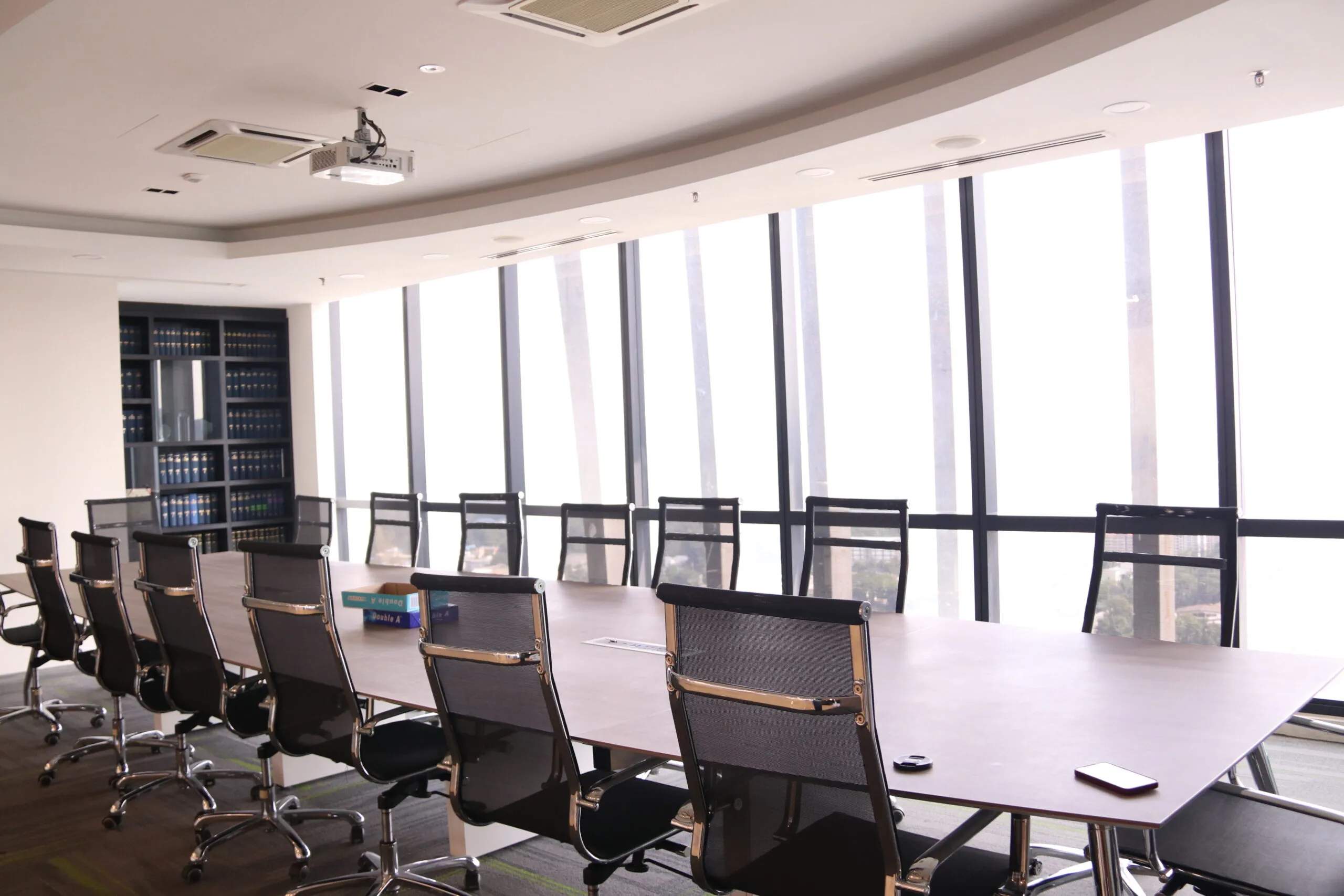
Gan Partnership is a Kuala Lumpur-based law firm focused on dispute resolution and intellectual property. Our Partners regularly serve as counsel and arbitrators in both international and domestic arbitrations. Drawing on experience gained at a leading Malaysian law firm, we deliver practical, results-driven, and cost-effective legal solutions. Known for our strength in handling complex disputes, we combine legal precision with strategic insight to achieve timely and effective outcomes for our clients.

TESTIMONIALS
What Our Clients Say
On Gan Khong Aik: “Extremely knowledgeable, effective and practical”
On the Construction Team: “Strategies and advocates effectively for the arbitration claim.“
On the Construction Team: “It is easy to work with Gan Partnership, as they already have an understanding of technical critical path analysis in construction delay disputes.”
On Joon Liang Foo: “Effective strategies and approaches to claims, combined with strong advocacy skills.”
On Joon Liang Foo: “Understands technical problems and considers my recommendations for technical solutions.”
On Yi Chien (Tasha) Lim: “Responsive and knowledgeable.”
On Gan Khong Aik: “With his wealth of experience, Gan has been able to deliver to our expectations.”
On Gan Khong Aik: “A committed, capable, commercially oriented and friendly lawyer.”
On Gan Khong Aik: “Mr Gan has a very strong knowledge of legal matters, including corporate rescue, commercial and financial crime, and dispute resolution.”
"Foo Joon Liang has impressive experience in high-value construction disputes across litigation and arbitration proceedings."
On the Construction Team: “This team is very responsive and attentive. Their vast knowledge in their respected areas allow them to provide quality opinion within a short time.”
“Gan Khong Aik has a lot of knowledge and experience in many areas of laws and regulations in Malaysia.”
“Foo Joon Liang is well-known in the legal industry, especially in the construction field. He is calm, collected and gives helpful advice based on the law and his good commercial knowledge in the industry.”
On Gan Khong Aik: “Extremely professional, knowledgeable, responsive and very approachable.”
On Gan Khong Aik: “Very thorough, proactive and attentive to questions. Very knowledgeable and swiftly responsive. Very friendly and supportive.”
On Foo Joon Liang: “Mr Foo is extremely articulate and displays such clarity when conveying his thoughts, arguments and advice. Hallmarks of an exceptional counsel.”